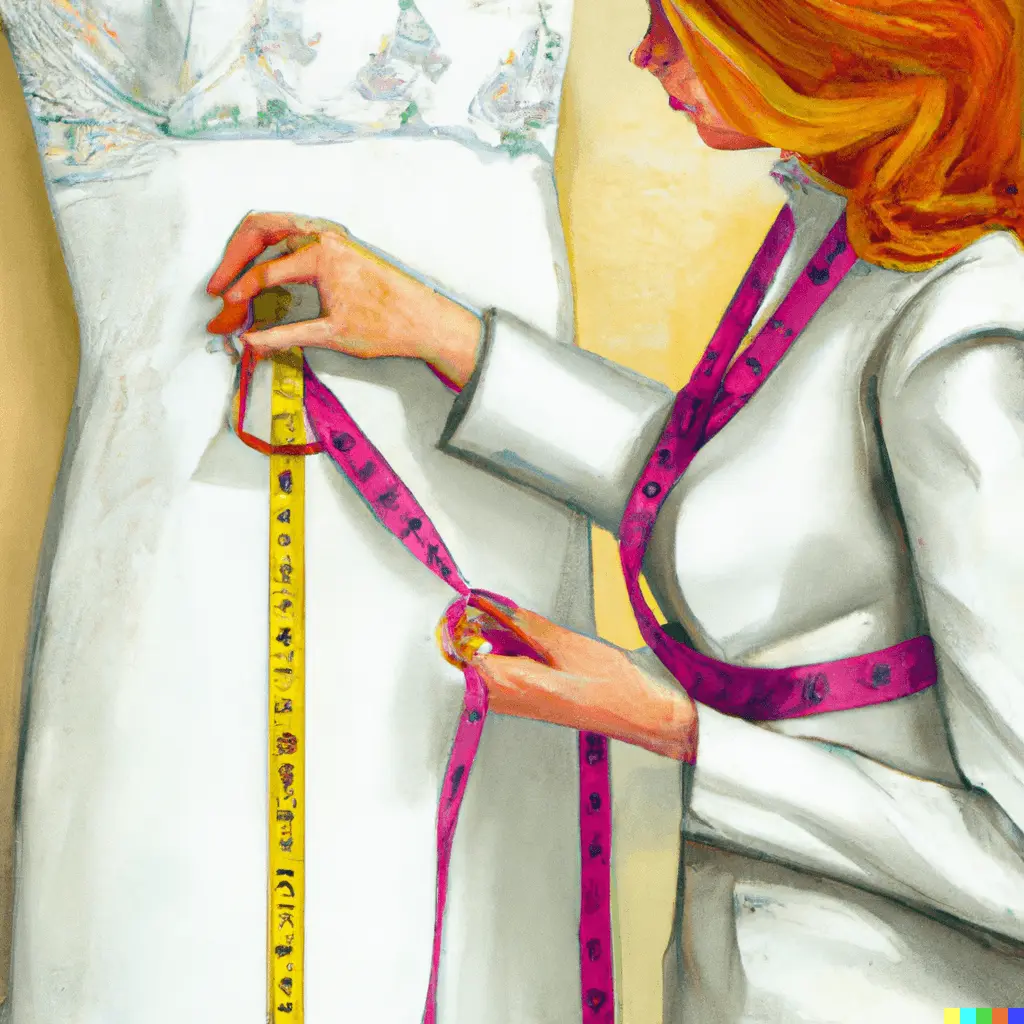A common question a lot of people ask us is how many inches in a foot?
It’s a simple question that you might need the answer to for a variety of reasons.
Maybe you’re trying to measure something and you only have a tape measure that shows inches.
Or perhaps you’re trying to convert your height from feet to inches.
Whatever the reason, the answer is easy to remember: there are 12 inches in a foot.
But why is that the case?
And how did we come up with this unit of measurement in the first place? Let’s take a closer look.
The History of the Foot as a Unit of Measurement
The history of the foot as a unit of measurement dates back to ancient times.
The earliest known civilization to use a standardized system of measurement was the Sumerians in ancient Mesopotamia, who used a unit of length called the “double-step” that was about 14.4 inches.
The ancient Egyptians also had a similar unit of measurement called the “cubit,” which was based on the length of a person’s forearm from elbow to fingertip and was about 18 inches.
The Origins of the Modern Foot
The foot as we know it today, however, can be traced back to the ancient Romans.
They used a unit of length called the “pes,” which was equivalent to about 11.6 inches.
This unit was later standardized by the Roman Empire and became known as the “Roman foot,” which was the basis for the modern foot.
Why Are There 12 Inches in a Foot?
So how did we end up with 12 inches in a foot?
The answer can be traced back to the British imperial system of measurement, which was introduced in the 18th century.
The imperial system used the Roman foot as its base unit of length, but it standardized the length of the foot to be exactly 12 inches.
This was done to make the system more convenient and easier to use, and it has remained the standard ever since.
Conclusion
In conclusion, there are 12 inches in a foot because that’s the way it’s been standardized in the imperial system of measurement.
This system was based on the Roman foot and was introduced in the 18th century to make measurement more convenient.




